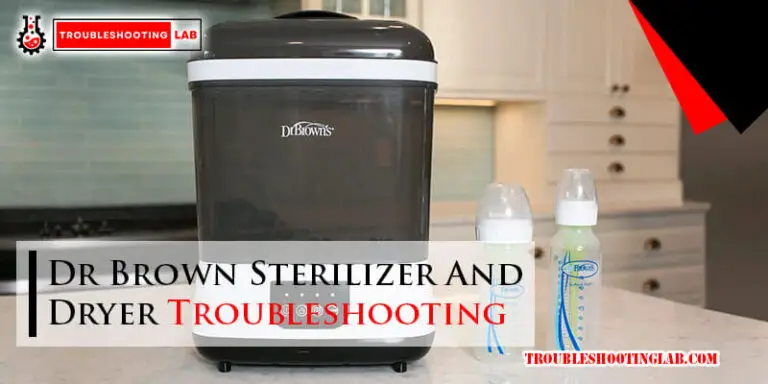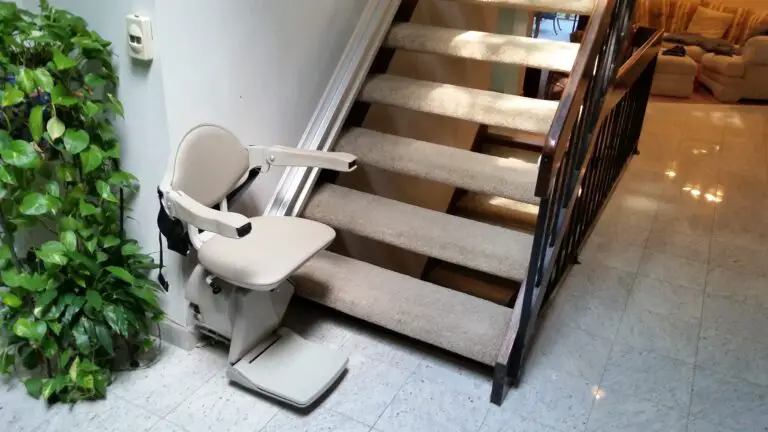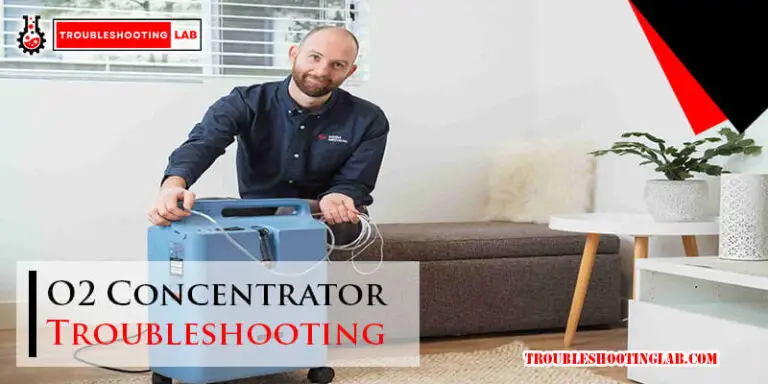Philips Respironics Troubleshooting: Quick Fixes Guide
Are you struggling with issues related to your Philips Respironics device? You’re not alone.
Many people encounter challenges that can disrupt their sleep therapy, leaving them frustrated and tired. But don’t worry, there’s good news. Understanding and troubleshooting common problems with your Philips Respironics equipment can be simpler than you think. Imagine having the confidence to fix minor hiccups quickly, allowing you to enjoy restful nights once again.
In this guide, we’ll walk you through straightforward solutions to the most frequent issues, empowering you to handle them with ease. Keep reading to discover how you can maintain your device in top condition and ensure your sleep therapy remains uninterrupted.
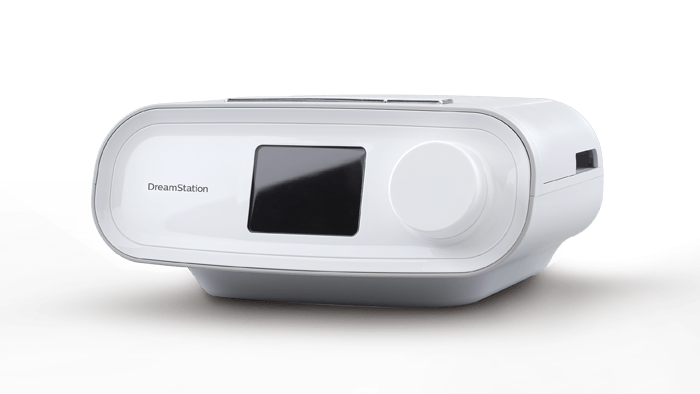
Credit: www.usa.philips.com
Common Device Issues
Philips Respironics devices sometimes face challenges like battery issues and connectivity problems. Quick troubleshooting tips can often resolve common problems efficiently. Users may encounter error messages, but basic steps can help navigate these issues effectively.
When you rely on a Philips Respironics device for your health and well-being, it’s crucial that it functions smoothly. Yet, even with the best devices, issues can arise. Identifying and troubleshooting these common problems can be a lifesaver. Imagine lying in bed, ready for a good night’s sleep, only to find your device isn’t powering on. What do you do? Let’s dive into some common device issues and how to address them.Power Problems
You press the power button, and nothing happens. It’s frustrating, right? First, check if the device is plugged into a working outlet. Sometimes, the issue is as simple as a loose plug. If the outlet is fine, inspect the power cord for any visible damage. A damaged cord might be why your device won’t turn on. Consider using a different power outlet or try another compatible power cord if you have one. If these steps don’t work, it might be time to contact customer support.Display Malfunctions
A blank or flickering display can be concerning. Start by ensuring the device is powered on. Sometimes, a reboot can solve the issue. If the problem persists, inspect the display for any visible cracks or damage. A damaged screen often needs professional repair. Check the user manual for any reset options that might restore the display settings. A simple reset can sometimes do wonders.Sound And Alarm Concerns
Unusual noises or persistent alarms can disrupt your peace. First, ensure there’s no obstruction in the airflow. Blockages can cause the device to work harder, leading to unusual sounds. Alarms often indicate specific errors. Refer to your user manual to understand what the alarm signifies. Adjust the settings to see if that resolves the issue. If the sound persists, it might be an internal problem that requires professional attention. Addressing these issues can feel daunting, especially when you’re eager to ensure your health equipment operates seamlessly. Yet, with practical solutions at hand, you can tackle these challenges head-on. Have you faced any of these issues with your Philips Respironics device? How did you resolve them? Share your thoughts and tips!
Credit: www.oxygenconcentratorsupplies.com
Cleaning And Maintenance
Cleaning and maintenance are vital for the optimal performance of Philips Respironics equipment. Regular care ensures the longevity of the device. It also ensures the health and safety of the user. A well-maintained device functions smoothly. It provides the best therapy experience. Understanding the cleaning and maintenance process helps users keep their devices in top condition.
Regular Cleaning Steps
Daily cleaning is important for your Philips Respironics device. Begin by unplugging the device. Wipe the exterior with a clean, damp cloth. Avoid using harsh chemicals. Clean the humidifier chamber with warm water. Let it dry completely before use. Keep the device dust-free by using a dry cloth.
Filter Replacement Instructions
Filters play a crucial role in device performance. Change filters regularly. Check the filter condition weekly. Replace if they appear dirty or damaged. Remove the filter cover carefully. Take out the old filter. Insert the new filter securely. Ensure proper placement for effective performance.
Hose And Mask Care
The hose and mask require regular cleaning. Disconnect the hose from the device. Wash it with mild soap and warm water. Rinse thoroughly. Hang to dry completely. Clean the mask with a soft cloth and warm water. Avoid harsh detergents. Check for wear and tear regularly.
Software And Settings
Philips Respironics troubleshooting involves checking software and adjusting settings for optimal device performance. Users can resolve common issues by updating software and fine-tuning settings. Simple steps ensure smooth operation and enhance user experience.
Managing the software and settings of your Philips Respironics device can significantly enhance its performance. This process isn’t just about making the device work; it’s about customizing it to fit your unique needs. Whether it’s updating firmware, tweaking settings, or resetting the device, these adjustments can make a world of difference. Let’s dive into how you can optimize your device by focusing on these key areas.Updating Device Firmware
Updating your device’s firmware is like giving it a fresh start. It’s crucial for ensuring your device has the latest features and security fixes. To update, connect your device to your computer and use the Philips Respironics software to check for updates. Think of it as upgrading your phone’s operating system. It keeps everything running smoothly and can even improve functionality. Don’t overlook this step; staying updated can prevent unexpected issues down the line.Adjusting Device Settings
Adjusting your device settings is where you truly tailor the experience. You might want to change pressure settings, humidification levels, or ramp time. Each tweak should align with your comfort and therapy needs. Imagine your device as a personal assistant that needs specific instructions to serve you best. Spend some time exploring the menu options. Don’t hesitate to consult your healthcare provider for advice on optimal settings.Resetting To Default
Sometimes, a reset is the best solution when things go awry. If your device isn’t functioning as expected, returning to default settings can resolve many issues. It’s a simple process, usually involving a few button presses. Resetting can feel like a step backward, but it often clears out glitches. Keep in mind that you’ll need to re-enter your preferred settings afterward. Consider it a fresh canvas to start anew and get back to the therapy that works for you. Have you ever had to reset your device? It can be a bit daunting, but once done, it often feels like a weight has been lifted. Don’t be afraid to take this step if necessary; your comfort and health are worth it.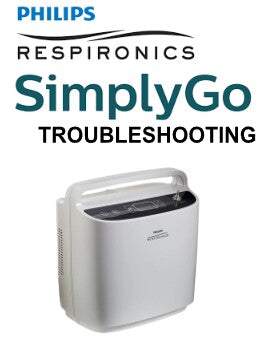
Credit: mainclinicsupply.com
Connectivity Issues
Connectivity issues with Philips Respironics devices can be frustrating, especially when you rely on them for critical health data. Whether you’re trying to sync your device with your smartphone or connect to your home Wi-Fi, these hiccups can disrupt your routine. Understanding how to troubleshoot these problems can save you time and hassle. Let’s dive into some practical solutions to common connectivity problems.
Bluetooth Pairing Solutions
Bluetooth pairing issues can often be resolved with a few simple steps. First, ensure that your device’s Bluetooth is turned on and is in pairing mode. Sometimes, restarting both your Respironics device and your smartphone can also resolve connection hiccups.
If you still face issues, check if your smartphone is within a reasonable range of your device. Bluetooth has a limited range, and moving closer can often help. Also, double-check that your device is not already connected to another gadget, as this could block new connections.
Wi-fi Connection Tips
Wi-Fi connectivity problems can stem from several sources. Start by confirming that your Wi-Fi network is active and that your Philips Respironics device is within range. A weak signal can cause frequent disconnections, so consider moving closer to your router.
Make sure your device’s firmware is up-to-date, as updates often fix connectivity bugs. If your device still struggles to connect, try restarting your router to refresh the network. Have you checked if too many devices are connected to your Wi-Fi? Reducing the load can sometimes improve performance.
Addressing connectivity issues requires patience, but with these tips, you can tackle them effectively. What other strategies have you found helpful in resolving tech glitches? Share your experiences and help others navigate these challenges.
User Error Solutions
Philips Respironics devices are designed to improve sleep quality. But sometimes users encounter issues due to simple errors. Understanding these errors can help you enjoy better sleep. Let’s explore solutions to common user errors.
Common Mistakes To Avoid
Incorrect mask fit is a frequent mistake. Ensure the mask fits snugly without leaks. Cleaning the device is often overlooked. Dust and dirt can affect performance. Regular cleaning prevents these issues. Adjusting settings without understanding can lead to problems. Always refer to the user manual before making changes.
Proper Device Usage
Place the device on a stable surface. Avoid placing it on soft surfaces like beds. This ensures proper airflow and prevents overheating. Use the device as directed by your healthcare provider. Follow instructions for the best results. Store the device in a cool, dry place. Keep it away from direct sunlight and moisture.
Seeking Professional Help
Sometimes, troubleshooting Philips Respironics devices can be challenging. You may feel unsure about the next steps. Knowing when to reach out for professional help is important. Experts can provide guidance and solutions. They ensure your device works efficiently. It saves you time and stress.
When To Contact Support
If your device stops working suddenly, it’s time to contact support. Strange noises can indicate a problem. If adjustments don’t fix these issues, seek help. Constant error messages are a red flag. Support can help with persistent problems. Safety is key. Professionals ensure device safety.
Locating Service Centers
Finding a nearby service center is simple. Check the Philips website for locations. Enter your zip code for local centers. Most major cities have multiple centers. You can call them for advice. Visit for a hands-on solution. Service centers have trained staff. They understand your device and its needs.
Conclusion
Troubleshooting Philips Respironics devices can seem daunting, but it’s manageable. Understanding common issues helps in quick fixes. Always check the power source and connections first. Clean your device regularly to ensure it runs smoothly. Replace worn-out parts to maintain efficiency.
Consult the user manual for specific guidelines. Don’t hesitate to contact customer support if needed. They can provide guidance and solutions. Keep your equipment in top shape for better performance. Proper care ensures your device lasts longer. Remember, regular maintenance saves time and stress.
Stay proactive with your device upkeep. This way, your Philips Respironics will serve you well.

